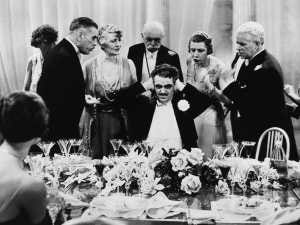Á Nous la Liberté | Cinema Year One
“What happened over the years? More images were consumed ever more quickly by fewer people. The world of cinema (film rotas, news, ideas, trends and people) accelerated and then started to race…
This loss of the feeling of the present is obviously the great phenomenon of the media. We aren’t facing things anymore, yet we are …
Keep reading with a 7-day free trial
Subscribe to Cinema Year Zero to keep reading this post and get 7 days of free access to the full post archives.





